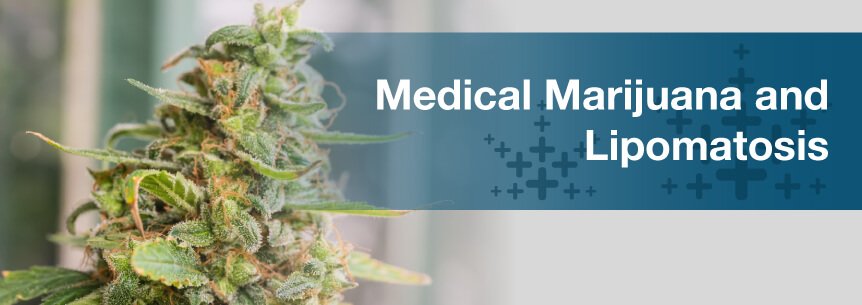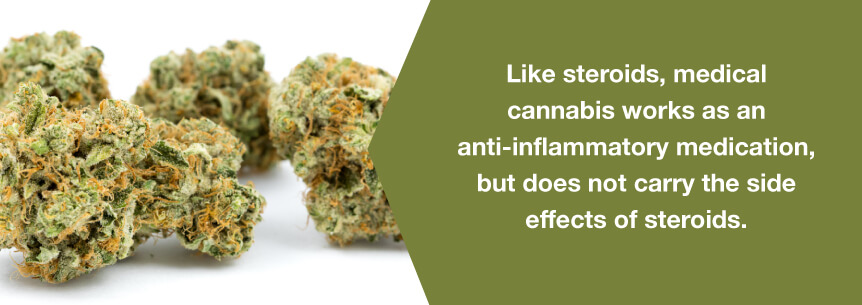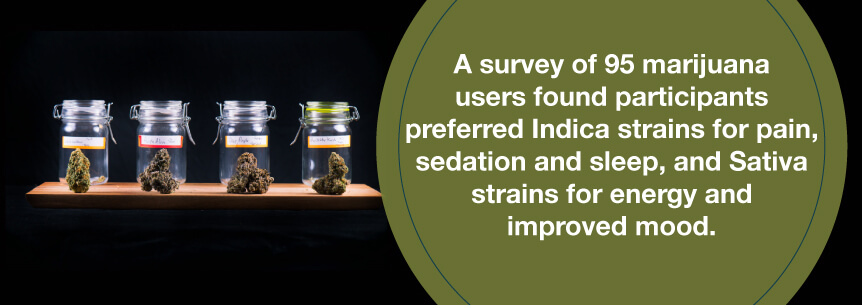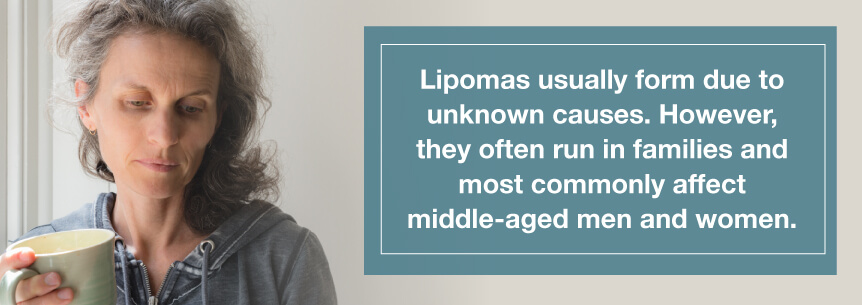
Have you noticed a small lump under your skin somewhere on your body and you’re not sure what it is? You might have a lipoma, which is a slow-growing mass of fatty tissue under your skin. Lipomas are relatively common and affect one in every 1,000 people. If you’ve found a lipoma, try not to panic, as they are usually harmless.
However, for some people, lipomas cause pain or embarrassment. Depending on its location, a lipoma might press on a nerve or have blood vessels traveling through it, causing pain. Other times, people do not like the look or feeling of a bump under their skin.
Although lipomas often do not require medical attention, there is a rare form of cancer, called liposarcoma, within fatty tissue. In such a case, the lipoma may proliferate or cause pain, and a doctor should examine it. If you have multiple lipomas over your body, you might have a form of lipomatosis.
Whether you recently discovered a lipoma or have had a type of lipomatosis for years, you may be wondering about your treatment options. If you are interested in a treatment that does not require surgery or the use of potentially addictive painkillers, you might be considering marijuana for lipomatosis.
If you have questions about marijuana and lipomatosis, keep reading. In this piece, we’ll explore everything there is to know about lipomatosis and how medical marijuana might provide the safe, effective treatment you’re looking for.
Medical marijuana is an alternative to conventional lipoma treatments. Like steroids, medical cannabis works as an anti-inflammatory medication, but does not carry the side effects of steroids. As the article “Cannabinoids as Novel Anti-Inflammatory Drugs” reports, studies show cannabinoids, the active chemicals in marijuana, suppress the inflammatory response.
Find A Doctor Find A Dispensary

According to this article, researchers have tested cannabinoids in experimental models of disorders such as rheumatoid arthritis and colitis — both inflammatory conditions. Cannabinoids protected the subjects from disease development by creating multiple anti-inflammatory pathways.
The article also highlights how cannabinoids may be beneficial in treating certain types of cancer due to its anti-inflammatory properties. For example, marijuana might directly inhibit tumor growth.
Cannabidiol (CBD) can also be used to treat inflammation associated with lipomatosis. CBD is one of the many compounds in the cannabis plant. Unlike tetrahydrocannabinol (THC), CBD does not create a “high” sensation.
CBD reacts with the body to help reduce both pain and inflammation. One recent study found CBD gel significantly reduced joint swelling, suggesting a topical application of CBD might be an effective treatment for lipomatosis pain with little to no side effects.
The American Cancer Society supports recent research that says THC and CBD slow tumor growth. In experimental studies, marijuana has caused tumor cell death in certain types of cancer.
For example, in one study, nine patients with cancer received doses of THC intratumorally, or within the tumor. The research discovered THC inhibited tumor-cell growth and decreased certain tumor cells, prolonging the survival time of two patients.
In summary, medical marijuana can treat lipomatosis by:
Medical cannabis for lipomatosis treatment might be right for you if you dread the thought of surgery or steroid injections and want to avoid the associated risks.
For patients who require surgical removal of lipomas, conventional treatment often includes the use of opiate-based pain medications following the surgery. Opioid painkillers, while effective at combating pain, carry the risk of overdose, dependency and addiction.
As lipomatosis sufferers typically have numerous lipomas, multiple and frequent surgeries may be necessary, increasing the risks associated with opiate-based pain medications. People have used medical marijuana for centuries to treat pain, and pot allows a lipomatosis suffer to alleviate pain without the need for prescription painkillers. Cannabis and lipomatosis treatment might be the best option for individuals who also have a history of opiate abuse.
Besides physical pain, some lipomatosis sufferers might experience depression or anxiety for cosmetic reasons. Medical marijuana or CBD could potentially help patients relieve emotional pain. For example, a study by university researchers found low doses of cannabis effectively reduce stress.
In the study, the researchers divided 42 healthy volunteers into three groups. The first group received a low dose of THC, the second group had a moderate dose of THC and the third group took a placebo. Researchers found the low-THC group had reduced stress levels compared to the other two groups. The results of this study suggest marijuana does ease anxiety in the right dose, but can have the opposite effect if the dose is too high.
In summary, those suffering lipomatosis can use marijuana to treat the following symptoms:
For lipomatosis sufferers who must face surgery, medical marijuana may be a better alternative for pain relief. Of all the clinical evidence available regarding the use of medical marijuana, evidence regarding its effectiveness as a pain reliever is the most prominent. Study after study has shown medical marijuana is not only an effective pain reliever by itself, but it can also be helpful in conjunction with traditional narcotic pain relievers to reduce the dosage needed to control the pain. Using cannabis for lipomatosis might be the perfect treatment method.
Different strains, or types of marijuana plants, have different effects on the user. For sufferers of lipomatosis, they might be looking for the best strain to cope with pain resulting from surgery or the growth itself. The best strains for chronic pain are:
Due to limited research, the above strains are mere recommendations, and there is still a lot to discover. However, a survey of 95 marijuana users found participants preferred Indica strains for pain, sedation and sleep, and Sativa strains for energy and improved mood.

Those with lipomatosis might benefit most from topical cannabis treatment. Topical forms that are high in THCA and CBDA are best for inflammation. THCA stands for tetrahydrocannabinol acid, and CBDA is cannabidiol acid. THCA is not psychoactive.
Topical treatment involves applying lotions, ointments or balms that contain cannabinoids to the affected area. The topical medication relieves local pain and inflammation resulting from lipoma removal, or could be applied to a painful lipoma. Patients might also choose transdermal patches containing cannabinoids, which are usually stronger than lotions. Topical applications will not produce psychoactive effects.
Other methods for using marijuana to relieve pain or inflammation associated with lipomatosis include the following.
It is not recommended to smoke marijuana, as this can have an adverse effect on the lungs over time.
Although marijuana medications have arguably fewer serious side effects than conventional medicine, there are still possible effects to keep in mind. As with any medication, medical marijuana may or may not be the right lipomatosis treatment for you. It’s important to speak with your doctor first and consider your options.
Side effects depend on your current mental and physical health condition, as well as the dosage amount and strength. Potential side effects of medical cannabis include:
There are no reports of anyone overdosing on marijuana to date, unlike opioid painkillers, which kill thousands of Americans every year. For example, according to the Centers for Disease Control and Prevention, more than 200,000 people died in the United States from 1999 to 2016 from overdoses related to prescription opioids. In 2016, more than 46 people died every day from overdoses involving prescription opioids.
If you suffer from lipomas, consider medical marijuana for lipomatosis treatment. Getting started is easy, and you can connect with a certified medical marijuana doctor today to discuss your treatment options. A qualified physician can help you determine if cannabis treatment is right for you, whether you want cannabis lotion to soothe inflammation or marijuana to help reduce pain after lipoma surgery.
Every day, the medical community is discovering new insight into the healing powers of medical cannabis. Learn how you can manage pain and inflammation with medical marijuana and avoid the dangers of prescription opioids.
Not sure what the marijuana laws are in your state? Use our site as your go-to resource to learn everything you need to know about state rules and regulations. When you’re ready to find a doctor near you, register to search our extensive network of legitimate certified marijuana doctors and dispensaries and easily request an appointment online. We make the journey toward medical marijuana treatment simple, secure and up-to-date. For the latest news and research, sign up for our free monthly newsletter today.
Find A Doctor Find A Dispensary
Lipomatosis is a term to describe the growth of multiple lipomas. Lipomatosis can occur anywhere on the body, but the most common areas affected are the head and neck area, pelvis and trunk. There are several types of lipomatosis, including the following.
Certain health conditions cause lipomatosis, including the following.

Most of these conditions are rare. Lipomas usually form due to unknown causes. However, they often run in families and most commonly affect middle-aged men and women. It is possible to have multiple lipomas at one time, and this does not necessarily mean you have a rare disease.
Lipomas can grow anywhere on the body. Whether you have lipomas from a medical condition or unknown cause, here are the typical symptoms of a lipoma.
Most lipomas do not require any treatment. However, if the lipoma keeps growing, is bothersome or causes pain, you may want to get it removed. The first step to lipoma removal is visiting a doctor for a diagnosis. To diagnose a lipoma, your doctor might:
After making a diagnosis, a doctor will prescribe a form of treatment. To determine proper treatment, the doctor will consider the following factors:
Treatment options depend on the type of lipomatosis and any conditions that might be causing lipoma growth. Lipoma treatment generally includes:
A doctor, dermatologist or plastic surgeon can excise a lipoma. It usually only takes minutes to perform and often occurs in an outpatient setting. Usually, patients receive an injection of local anesthesia, so they do not feel any pain. Side effects of lipoma surgery might include:

Complications of removal might include:
Typically, it only takes patients a few days to heal after surgery, and most patients do not experience any complications. Those who have many lipomas might choose liposuction instead to avoid multiple incisions.
Liposuction is an alternative to surgery for lipomas larger than an inch and a half. By definition, liposuction is the removal of excess body fat by use of suction tools. Usually, a surgeon performs liposuction.
Patients might choose liposuction in hopes of a smaller scar and because a doctor can remove several lipomas through the same incision. However, as with any procedure, there are possible side effects. The side effects of liposuction may include:
A few risks include:
Doctors usually administer anesthesia for surgical treatments. With anesthesia, patients might experience the following common side effects:
Lastly, patients who do not want surgery or any type of incision might choose steroids for lipoma treatment. Steroids are chemicals found in the body that can reduce inflammation. A general practitioner or specialist can administer steroids.
Steroid injections shrink the lipoma and rarely eliminate the entire mass. Steroid injections are best for small lipomas, or those less than an inch in diameter. The steroid gets injected into the lipoma, and the procedure may need to be repeated several times at monthly intervals. Most patients do not experience complications or side effects from a steroid injection for a lipoma. However, some side effects might include:
As with many prescription medications, steroid injections have potentially serious side effects if used frequently or long-term. For example, long-term use of cortisone shots might cause: